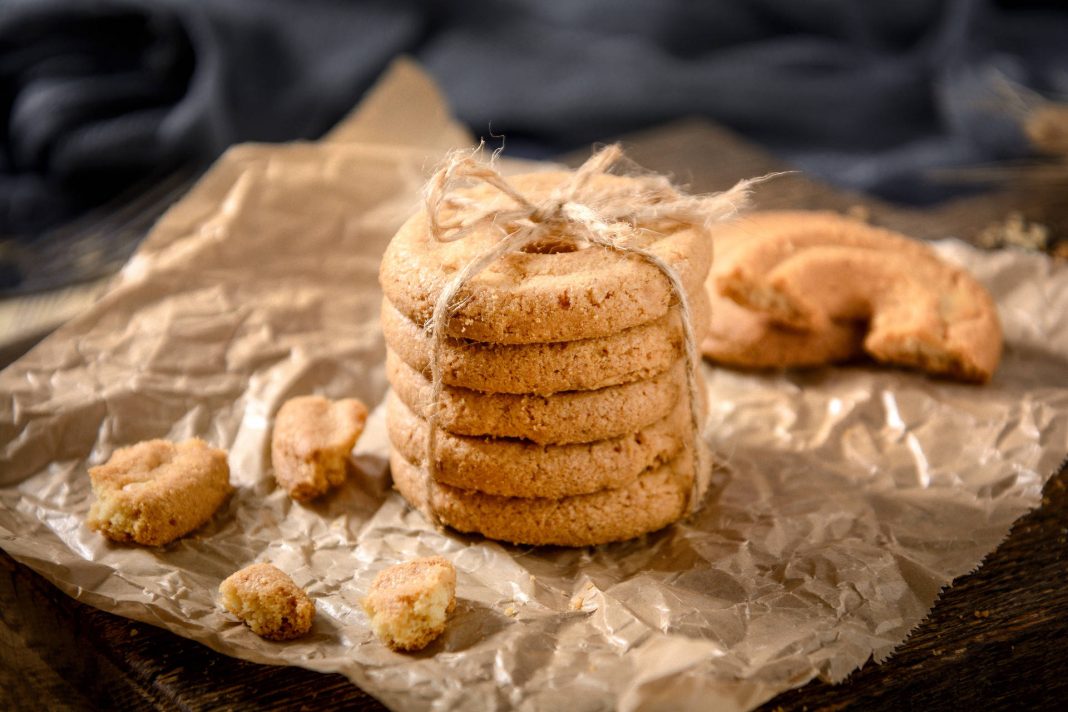This content is provided by Pioneer Bird Blood Sugar Management Software! It helps you record health indicators such as blood sugar and blood pressure, offers free tastings of sugar-free foods, and provides customized dietary and exercise plans to accompany you in managing your sugar intake.
As a doctor, I have deeply realized the importance of dietary management in the treatment of diabetes through my experience fighting the disease with diabetes patients. Reasonable eating habits not only help control blood sugar but also effectively prevent complications. Here are five foods that you may have never heard of, which play a unique role in controlling diabetes.
1. Chia Seeds
Chia seeds are a superfood rich in Omega-3 fatty acids, dietary fiber, protein, and antioxidants. Their high fiber content helps slow down the movement of food in the digestive tract, thereby stabilizing blood sugar levels. In addition, the antioxidants in chia seeds help reduce the risk of complications from diabetes.
How to consume: You can sprinkle chia seeds on yogurt, oatmeal, or salads, or soak them in water to make chia seed water for drinking.
2. Flaxseeds
Flaxseeds are also a good source of Omega-3 fatty acids, and they contain phytoestrogens and a considerable amount of dietary fiber. These components help lower blood sugar and cholesterol, which is particularly beneficial for diabetes patients.
How to consume: Flaxseeds are best consumed ground because whole flaxseeds may not be easily digested and absorbed by the body. You can sprinkle crushed flaxseeds on food or add them to smoothies.
3. Spirulina
Spirulina is a blue-green microalga rich in various nutrients, including protein, vitamins, and minerals. Its benefits for diabetes patients lie in its ability to lower blood sugar levels and improve abnormal blood lipids.
How to consume: Spirulina is typically sold in powder form and can be added to juices, smoothies, or yogurt.
4. Bitter Buckwheat
Bitter buckwheat is a highly nutritious grain rich in dietary fiber, protein, and various trace elements. The bioactive substances in bitter buckwheat help lower blood sugar and insulin resistance, positively impacting blood sugar control for diabetes patients.
How to consume: Bitter buckwheat can be cooked as porridge, made into noodles, or used as a substitute for rice.
5. Okra
Okra is a vegetable that contains mucilaginous fiber, which forms gel-like substances in the stomach and small intestine, slowing down the digestion process and helping stabilize blood sugar levels. Additionally, okra contains antioxidants and minerals that are beneficial for diabetes patients.
How to consume: Okra can be boiled, steamed, or stir-fried; it can also be sliced and soaked in water to make okra water.
6. Conclusion
Although these five foods are not widely known, they have significant effects in controlling diabetes. Of course, no food should be regarded as a substitute for medication but rather as part of a healthy diet. Diabetes patients should pay attention to the following points when using these foods:
Consume in moderation to avoid excess.
Maintain dietary diversity and do not rely solely on one type of food.
Monitor blood sugar responses and adjust the intake according to individual circumstances.
Consult with a doctor or nutritionist for personalized dietary plans.
As a doctor, I advise diabetes patients to be patient and persistent when making dietary adjustments, while also combining appropriate exercise and medication to achieve the best treatment results. Let us work together to control diabetes through scientific dietary management and enjoy a healthy life.


